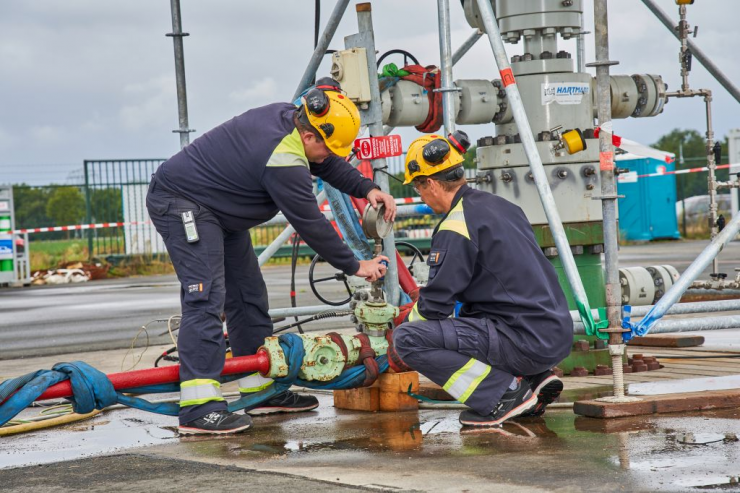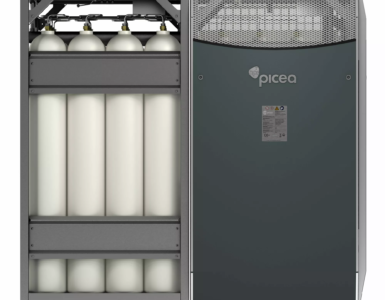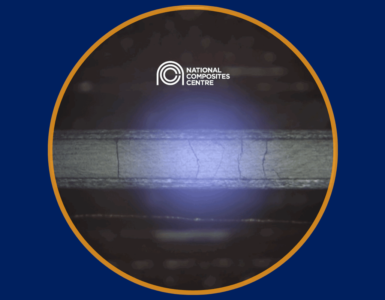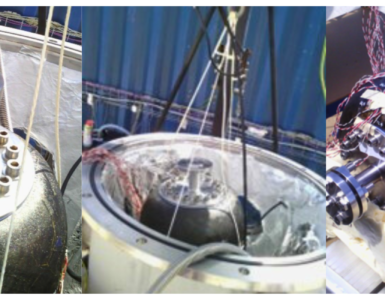Gasunie successfully injected hydrogen into the subsurface at the Zuidwending site, project strengthens hydrogen development.
In recent weeks Gasunie has successfully injected hydrogen into the subsurface at the Zuidwending site. This result marks another important step in the development of hydrogen as part of the energy mix of the future. Large-scale underground storage of hydrogen is an indispensable part of this.
Following further successful completion, Gasunie can continue with the development of storage in salt caverns, the first of which could be fully operational by 2026.
Hydrogen is an essential component of the sustainable energy mix of the future. In order to connect supply and demand, Gasunie will develop a national infrastructure for the transport of hydrogen, so that the hydrogen market can develop. Large-scale storage of hydrogen is essential in this respect in order to cope with the imbalance between supply and demand for energy.
🔥 What about we co-host a webinar? Let's educate, captivate, and convert the hydrogen economy!
Hydrogen Central is the global go-to online magazine for the hydrogen economy, we can help you host impactful webinars that become a global reference on your topic and are an evergreen source of leads. Click here to request more details
Available knowledge and expertise for storage in caverns
Underground hydrogen storage in salt caverns is a safe, efficient and reliable way to store large quantities of energy, also for a longer period of time. The Zuidwending site in the province of Groningen offers unique conditions for preparing large-scale hydrogen storage for the envisaged development of the hydrogen market.
Gasunie also has the necessary knowledge and expertise at its disposal through its subsidiary EnergyStock, as natural gas has been stored safely in the salt caverns in Zuidwending for more than ten years.
Progress of the demonstration project
During the demonstration project at the Zuidwending location, hydrogen was injected into a borehole to carry out research. The pressure was gradually increased to more than 200 bar. Materials and components required for gas storage were also assessed for their suitability for hydrogen storage.
The current phase of work will take about four to six weeks. Further demonstrations and tests will follow from November to spring 2022. As usual, local residents will be informed about the activities in advance.
Possible expansion to hydrogen storage in four caverns
If the follow-up process is also successful, a final decision is expected next year to implement large-scale hydrogen storage in salt caverns at the Zuidwending site. The first salt cavern could be fully operational by 2026, with growth potential to four storage caverns by 2030.
This would create a storage volume that matches the current Dutch ambition of realising 3 to 4 GigaWatt of green hydrogen from sustainable electricity by 2030. However, Gasunie will have to make pre-investments.
Among other things, the necessary infrastructure must be ready for an end situation with four salt caverns. Also, before a cavern can be used for storage, a large quantity of hydrogen is needed as ‘cushion gas’ to allow the technology to do its work. In both cases, these are costs that cannot be recovered immediately.
Successful start of hydrogen storage demonstration project strengthens hydrogen development, September 17, 2021








